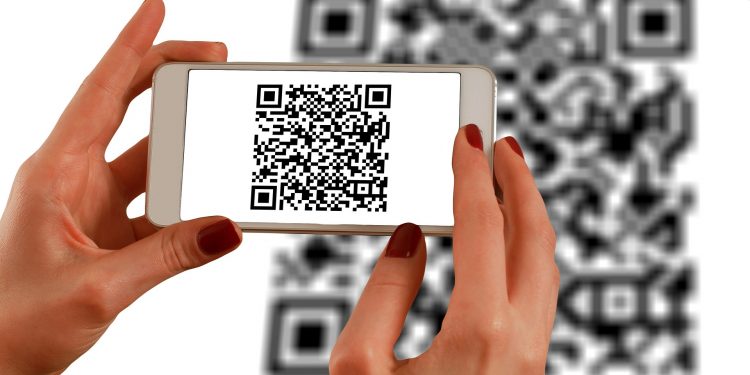In the past few years, shopping habits have changed. One of the most notable changes was the emergence of the QR code. Both Apple and Covid-19 catalyzed QR’s emergence. First, Apple made QR codes accessible to consumers by allowing users to scan all QR codes through the iPhone camera.
While before consumers who wanted to use a QR code had to download a third-party app, they could now simply breakout their normal iPhone camera. Next, Covid-19 accelerated consumer demand for contactless payments. QR codes are ideal for facilitating contactless payments because they allow users to pay from their mobile phone.
Restaurants in particular provide a great use case for the QR code. The emergence of Pay-at-the-table demand will favorably poise the QR code. Not only can consumers use the QR to pay, but they can also use it to view the menu and order. Unlike tap-to-pay technology, the QR can handle the whole entire restaurant experience – a valuable tool for those looking for a contact-free payment.
One question that looms for restaurants and retailers looking to normalize the contactless experience: how many QR apps can the customer handle? When thinking about deploying contactless experiences, merchants must make the decision whether or not to build their own app or utilize a third-party app. With so many consumers looking to digitize their grocery, retail, and restaurant experiences, contactless solutions (including QR) could expect to see quite the activity in 2021.
Attached below is an excerpt from the Forbes article, where you can find more detail on the trend:
I remember a Comscore SCOR +4.8% survey that found that 55% of American consumers would be happy to have four or more retailer apps on their phone. For the retailers that they visit frequently (e.g. Starbucks SBUX -1%) they will have the retailer app and use it. In other cases they will just use some third-party payment app (e.g. their bank) or a convenient wearable like a bracelet or key fob that is controlled by a third-party app. This will give retailers new opportunities to add value and new control over identity and payments.
In this in-app vision of shopping, then, I do not think that consumers will have hundreds of apps on their phones to deal with every retailer.
Overview by James O’Brien, Research Analyst at Mercator Advisory Group














